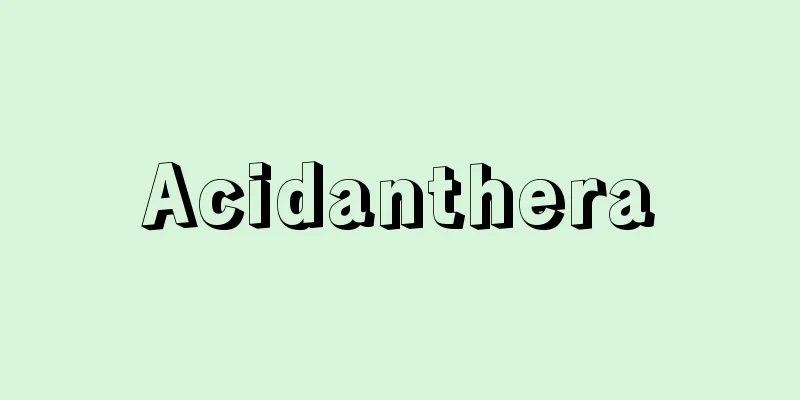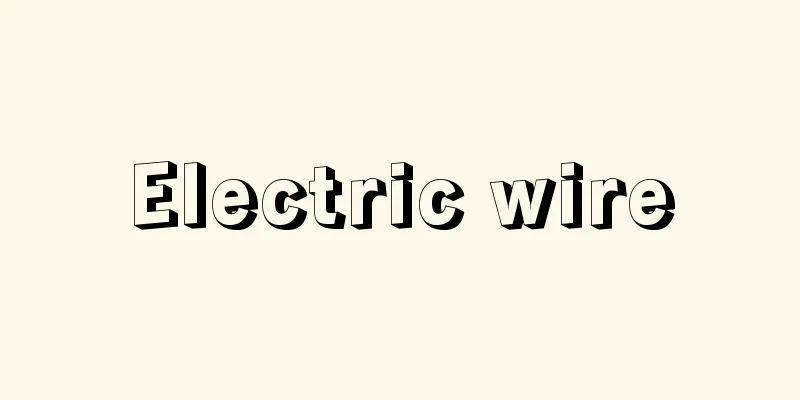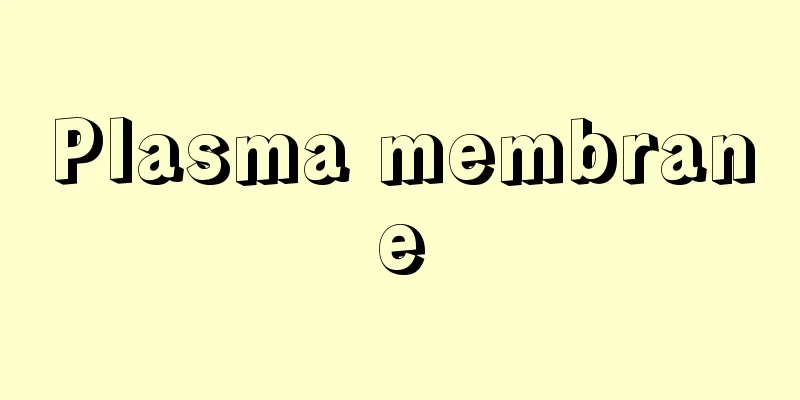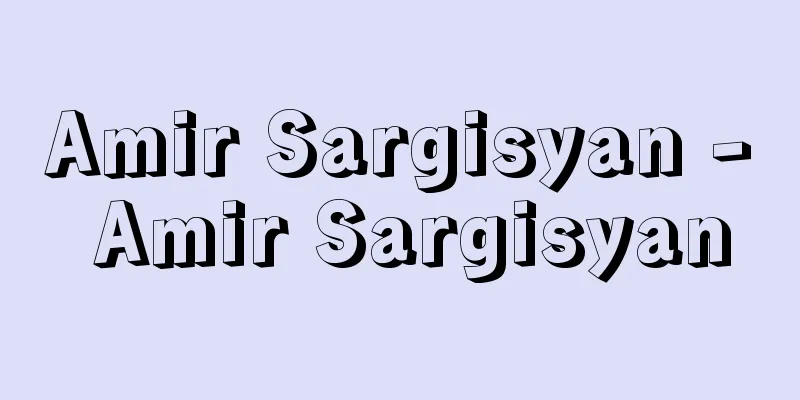White background handprint - Shirajitegata

|
An incomplete bill is a bill that is signed without any requirements and put into circulation with the intention of having the holder fill in all or part of the requirements at a later date. In principle, bills that do not meet the requirements are not valid as bills. However, because bills need to be put into circulation even when the purchase price and maturity date have not yet been determined due to causal relationships such as sales, their validity has long been recognized as commercial customs law in response to real-world needs, but the current Bills of Exchange Act has provisions for blank bills that assume their validity (Article 10). In order for a bill to be recognized as a blank bill, the signature of the bill issuer is required, but that signature does not necessarily have to be the signature of the issuer, and in practice, there are many cases in which a blank acceptance signature is made prior to issuance. In addition, in order for a bill to be a blank bill, there must be a plan to fill in the missing requirements at a later date. If there is no plan to fill in the missing requirements, it is invalid as an incomplete bill. In addition, the type of missing requirement does not matter, so in addition to the bill amount, there may be cases where the requirements such as the place of payment and the payee are missing. The holder of a blank bill can fill in the blank at any time to make it a complete bill. This right is called the right of replenishment, and even if the right of replenishment is abused, the signer of the blank bill cannot assert the violation against the bona fide recipient of the bill and must bear responsibility according to the wording that was filled in (Article 10 of the Bills of Exchange Act). The same applies to blank checks (Article 13 of the Checks Act). [Toda Shuzo] "Maeda Tsune, Introduction to Bill and Check Laws" (1983, Yuhikaku)" ▽ "Hasegawa Yuichi, Blank Bill Law Theory: Its Legal Structure and Basic Issues, Revised Edition (1986, Commercial Law Research Association)" ▽ "Suzuki Takeo, revised edition of "Legal Studies Collection 32 Bill and Check Laws" (1992, Yuhikaku)" [Reference] | |Source: Shogakukan Encyclopedia Nipponica About Encyclopedia Nipponica Information | Legend |
|
未完成手形のことで、後日、手形所持人に手形要件の全部または一部を補充させる予定のもとに、要件を記載せず白地のまま署名して流通に置かれたもの。本来、手形要件を具備しないものは手形として効力を生じない。しかし、売買など原因関係上、売買代金や弁済期などがまだ確定していないときでも、手形を流通に置く必要があるため、実際界の需要に応じて、古くから商慣習法としてその効力が認められていたが、現行の手形法はその有効性を前提とした白地手形の規定を置いている(10条)。白地手形として認められるためには、手形行為者の署名が必要であるが、その署名はかならずしも振出人の署名である必要はなく、実際上も振出しに先だって白地のまま引受けの署名がなされる例が多い。また、白地手形であるためには、要件の欠缺(けんけつ)が後日補充される予定がなければならない。補充の予定がない場合は不完全手形として無効である。また、要件の欠缺の種類は問わないから、手形金額のほか、支払地・受取人などの要件を欠く場合もある。白地手形の所持人はいつでもその白地を補充して完全な手形にすることができる。この権利を補充権といい、補充権の濫用があった場合でも、白地手形の署名者はその違反をもって善意の手形取得者に対抗できず、補充された文言に従って責任を負わなければならない(手形法10条)。以上のことは白地小切手についても同様である(小切手法13条)。 [戸田修三] 『前田庸著『手形法・小切手法入門』(1983・有斐閣)』▽『長谷川雄一著『白地手形法論――その法律的構成と基本問題』改訂版(1986・商事法務研究会)』▽『鈴木竹雄著、前田庸補訂『法律学全集32 手形法・小切手法』新版(1992・有斐閣)』 [参照項目] | |出典 小学館 日本大百科全書(ニッポニカ)日本大百科全書(ニッポニカ)について 情報 | 凡例 |
>>: Shirasawa [village] - Shirasawa
Recommend
Willenlose
...This condition is most typically seen in the w...
Oirote [Autonomous Region] - Oirote
...The northern group was formerly called the For...
Profit management
In modern times, it means a series of management ...
Coordination polyhedron
When considering the crystal structure of inorgani...
stall
…However, there is a limit to this, and when the ...
Plane - Plane
A type of woodworking machine used to finish sawe...
Uzziah - Uzziah
… The rule of the Jehu family lasted for about a ...
Vriesea splendens (English spelling)
… [Takabayashi Masatoshi]. … *Some of the termino...
Aghlab Dynasty - Aghlab
An Islamic dynasty (800-909) that ruled North Afri...
Nishihara Loan
Among the loans granted to the Beijing government...
Reforestation
...Although it is sometimes used almost the same ...
High Commissioner - High Commissioner
The title of High Commissioner is used in various...
Divine Horse - Jinme
〘Noun〙 ("Me" is the Go-on pronunciation ...
intervention study
...This is sometimes called a prospective study. ...
Latrobe, Benjamin Henry
Born: 1 May 1764, Fulneck, near Leeds [Died] Septe...









![Shonan [town] - Shonan](/upload/images/67cbdf118126d.webp)